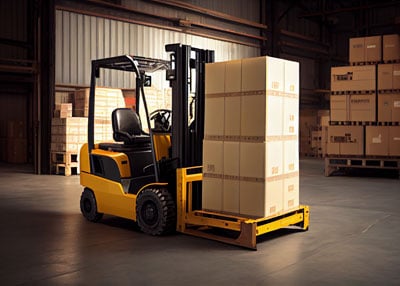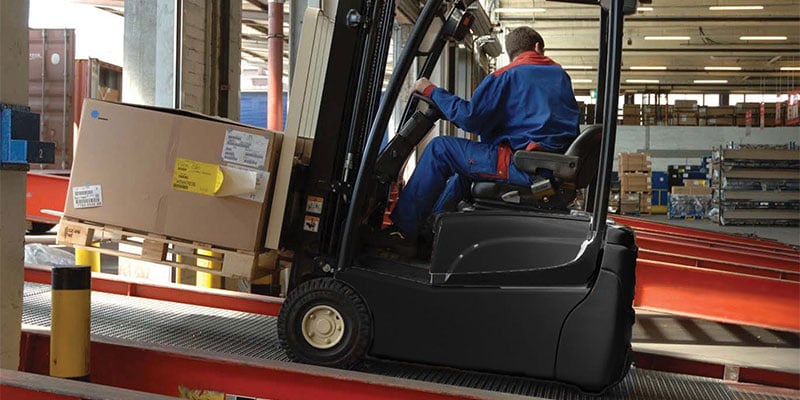Large lead acid batteries are a common tool throughout the mining industry to power utility and personnel carrier vehicles. When these batteries aren’t cared for properly, they can become a dangerous resource - especially when stored in a confined space like an underground mine.
The Mine Safety and Health Administration reports that a significant number of injuries including burns, strained muscles, and crushed hands were a result of improper maintenance and repair of lead acid batteries.
Here are many of the common hazards reported with lead acid batteries:
Lid Size
Shoulder and back issues are common in mines using lids that are heavy and difficult to open. The weight and handle placement on lids is key in relieving strain caused by the opening and closing of lids for repairs and maintenance. Smaller lids and those made of a composite material can help to make the lids more accessible without causing excessive strain to open.
Hinge/Lid Maintenance
Opening lids also becomes a problem when hardware becomes rusted, causing hinge friction. Because of the wet mining environment, rusting can happen quickly. To combat this, stainless steel hinges are recommended to reduce the amount of rust. Hinge covers can also keep the rock dirt, dust and debris from collecting inside the assembly.
Cable Connectors
Cables can arc when they are pulled from the battery assembly. Doing so can cause burns to the person handling the unit. Pulling connections improperly occurs if the batteries were not de-energized before the cables were disconnected. Adding a circuit breaker can reduce this issue because it provides a local method to de-energize the unit.
Sensors
Hydrogen levels in mining stations can accumulate into dangerous concentrations that have the potential to cause explosions. When hydrogen levels go above 4% of available volume of the space, the area becomes at risk for explosion. Close monitoring of these sensors to ensure the area never exceeds a 1% hydrogen level is suggested.
Additional Safety Practices
Provide the Proper Equipment
Protective clothing and equipment can be vital in the prevention of injury. Those responsible for lead acid battery maintenance should wear a face shield and goggles, acid-resistant gloves, a rubber apron, and acid-resistant footwear with toe protection. Additionally, the battery storage room should contain scrapers, mops, and brushes that are non-conductive. Fire extinguishers, eye washing stations, and neutralizer should also be readily available.
Conduct Safety Trainings
Anyone involved in charging lead acid batteries should receive adequate and updated training sessions on all procedures and safety policies. These trainings should include:
- Changer and operator responsibilities
- Required safety procedures and job tasks
- Inspection processes and requirements
- Storage and care policies
- Workplace safety practices
Perform Regular System Checks and Maintenance
Lead acid batteries must be properly maintained by cleaning, properly charging, and given the appropriate cooling time after charging completes. Battery servicing areas should be clean and free of ignition risks. Monitor racks for damage or corrosion as well as inspect the roller and fastener quality on a regular basis.
Battery safety is a huge priority for those working in the mining industry, and battery manufacturers like Crown also take these safety processes extremely seriously. Because lead acid batteries can be highly dangerous, it’s important for mining officials to understand these risks and preventative measures to reduce the risk of injury as much as possible.












